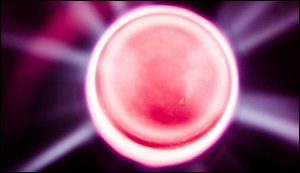Graphene’s sleeping superconductivity awakens
20. 1. 2017 | University of Cambridge | www.cam.ac.uk
Since its discovery in 2004, scientists have believed that graphene may have the innate ability to superconduct. Now Cambridge researchers have found a way to activate that previously dormant potential. This was achieved by coupling it with a material called praseodymium cerium copper oxide (PCCO).
Researchers have found a way to trigger the innate, but previously hidden, ability of graphene to act as a superconductor – meaning that it can be made to carry an electrical current with zero resistance. The finding further enhances the potential of graphene, which is already widely seen as a material that could revolutionise industries such as healthcare and electronics. Graphene is a two-dimensional sheet of carbon atoms and combines several remarkable properties; for example, it is very strong, but also light and flexible, and highly conductive.

Superconducting graphene opens up yet more possibilities. The researchers suggest, for example, that graphene could now be used to create new types of superconducting quantum devices for high-speed computing. Intriguingly, it might also be used to prove the existence of a mysterious form of superconductivity known as “p-wave” superconductivity, which academics have been struggling to verify for more than 20 years.
Read more at University of Cambridge
Image Credit: University of Cambridge
-jk-




